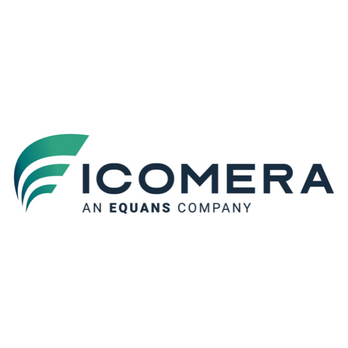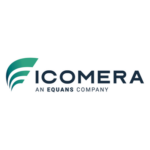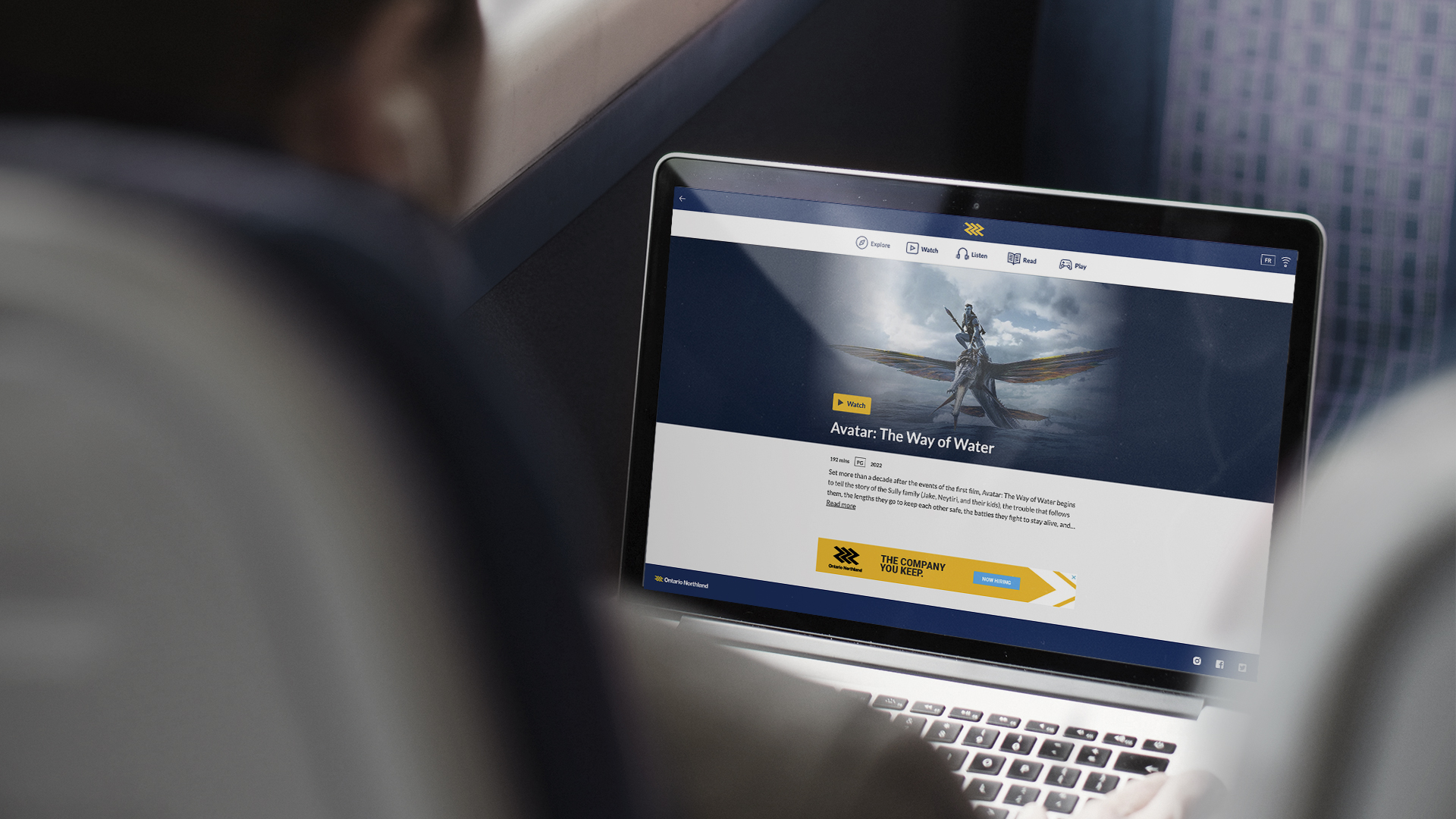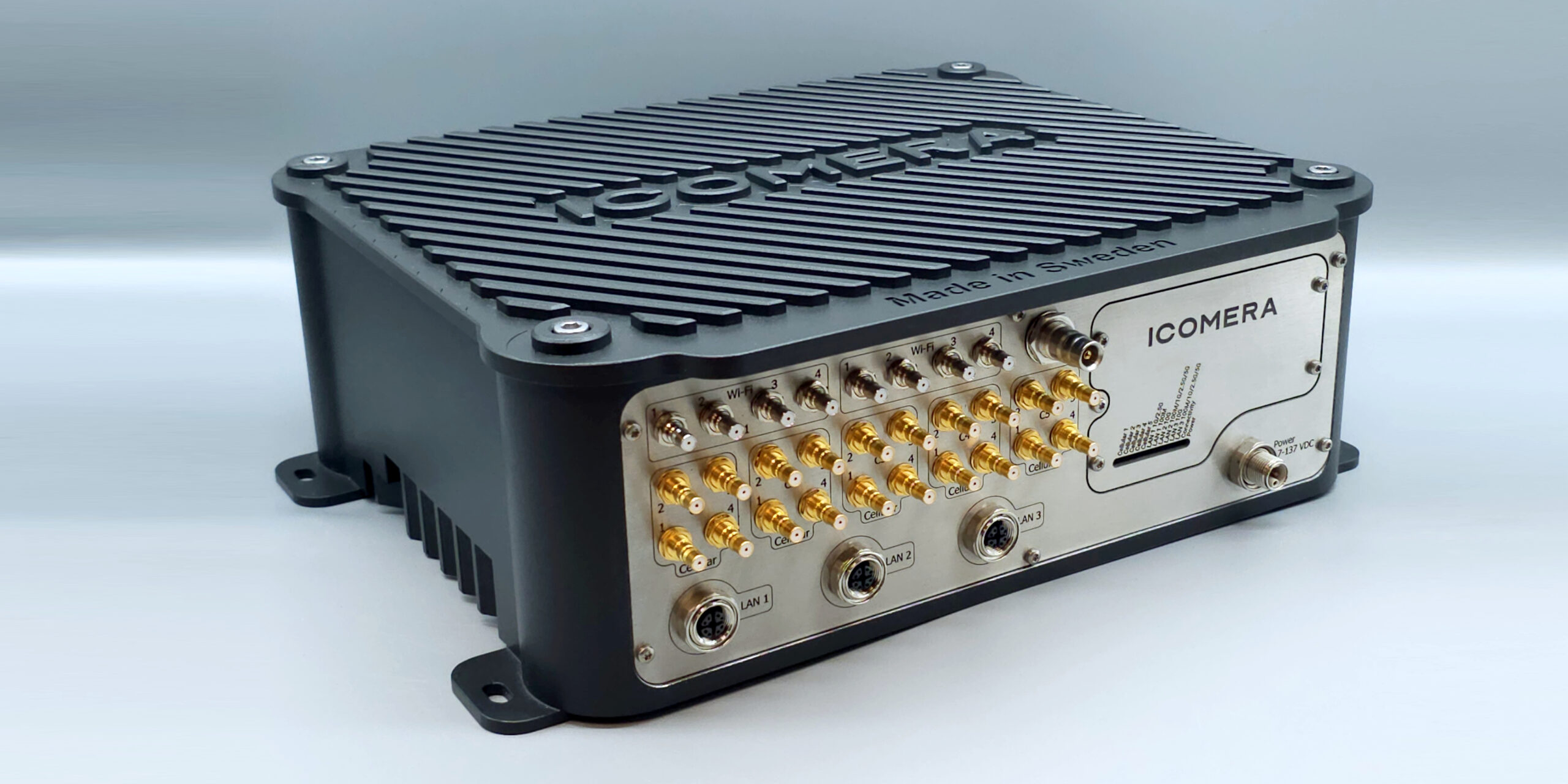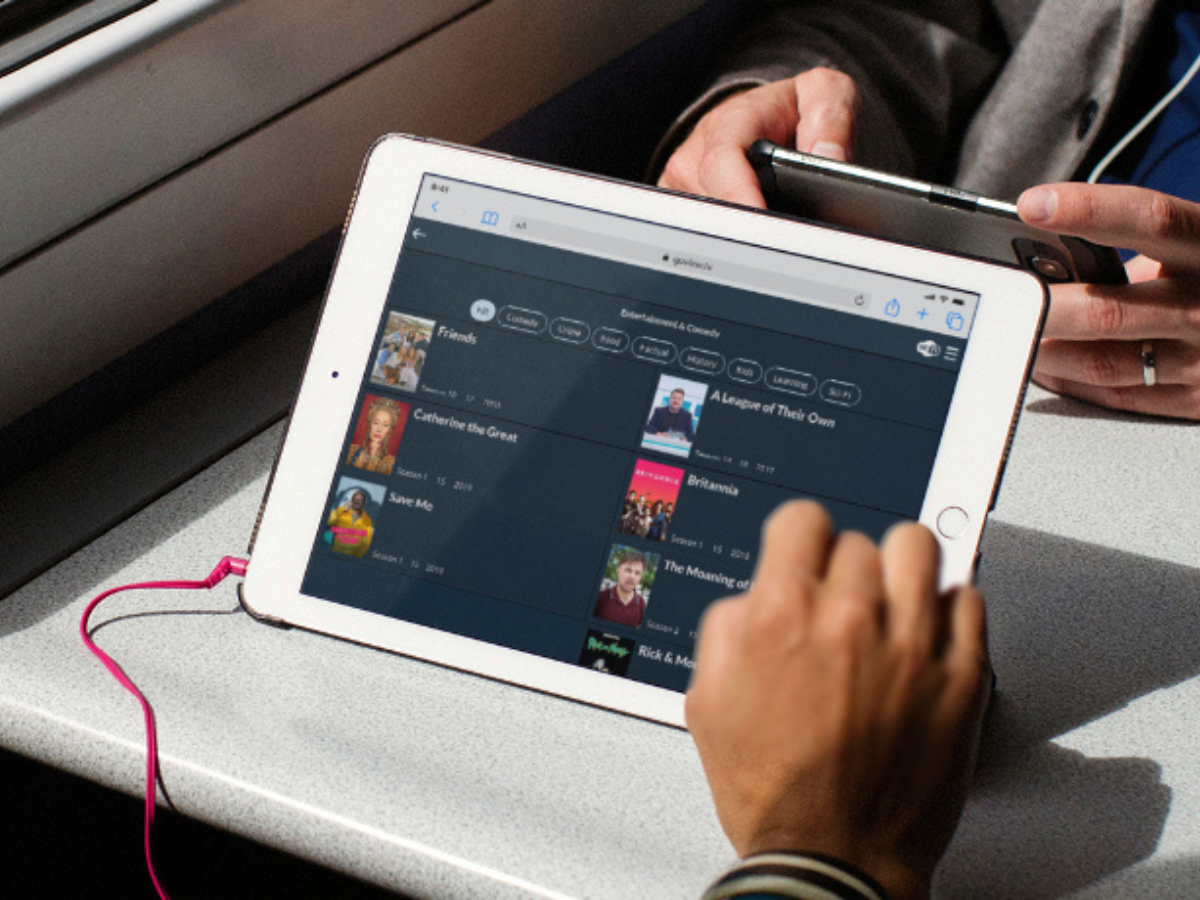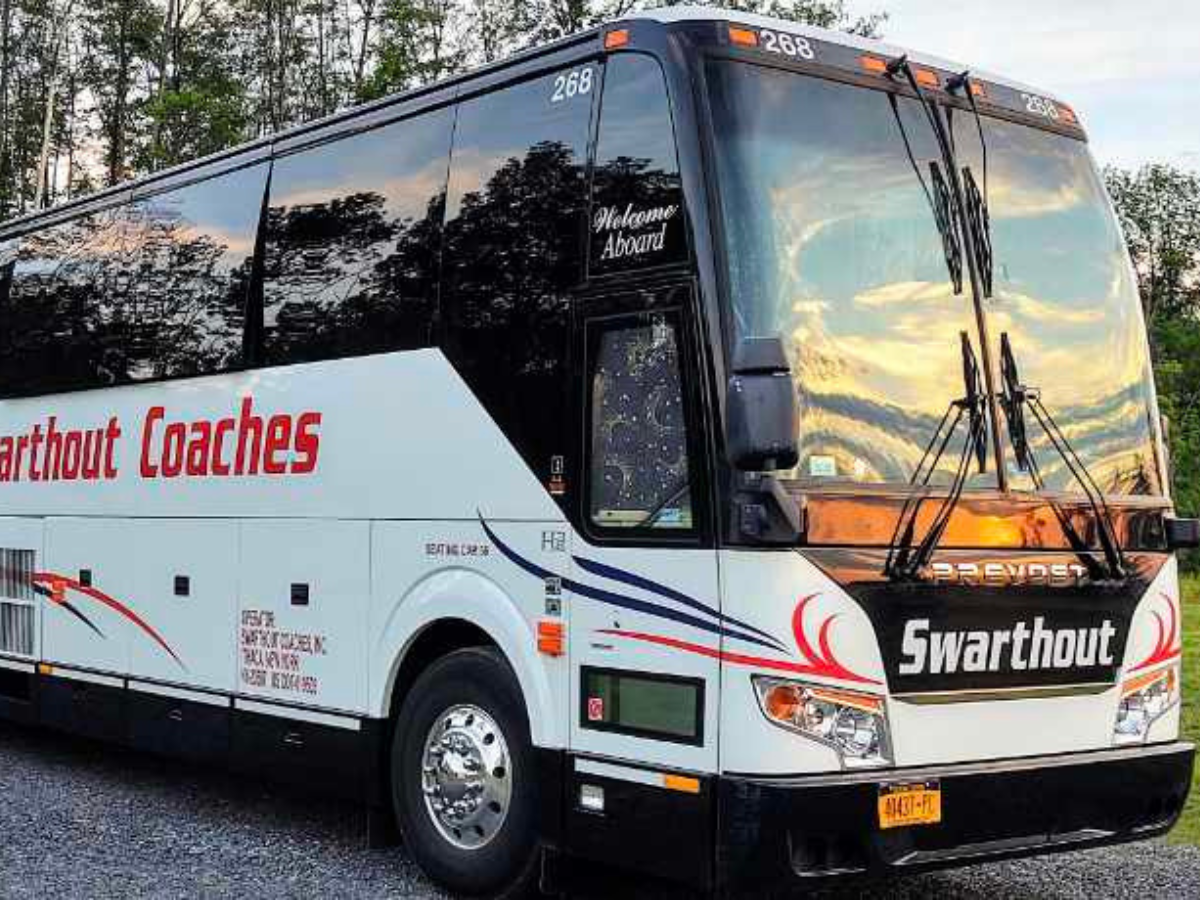How Today’s Public Transit Agencies Must Think About Efficiency
Beth Resta, Director of Partnerships with Transit, says:Change is going to be the new constant; there is never a time that we can stop adapting and stop changing.
And we agree. Two years from now, it will look different. And the difference should be focused on efficiency.

As we lean into the new normal, transit agencies must leverage today’s positive momentum and large-scale federal investments to drive home their top goals harder and louder than ever.
After attending APTA’s Mobility Conference in Columbus, Ohio, along with more than 1,200 public transit professionals, several goals were clearly heard: investing in green mobility; getting back to basics; catering to the real rider, creating more internal efficiencies; and adapting to the ever-changing world.
From Icomera’s point-of-view, the goal of green mobility still stands as part of our mission. Yet how we get there starts with data accessibility and interoperability between IT systems.
Our approach is very much aligned with ITxPT’s goal of establishing commonly accepted standards for the safe and cost-efficient development of digital systems for public transit agencies in North America. ITxPT was formed in 2013 by IT suppliers, vehicle manufacturers, public transportation operators and authorities, to enable an open architecture, data accessibility and interoperability between IT systems. Taking the initiative one step further, ITxPT and its members help an agency develop the IT architecture for public transport and other mobility services together, based on standards and best practices.

Paul Skoutelas, CEO and President of APTA, reminded us that:We are here to forge a new direction, with innovative solutions and enormous opportunities to improve public transportation and address the needs of our communities in a responsible and effective way.
Agencies can take the money and invest in different technologies, but that would not be effective. Instead, we suggest an approach similar to Ontario’s Metrolinx, bringing multiple interagency departments to the table and discussing their preferred investment. This conversation serves to align investments with executable approaches. This is the approach that we believe Paul is referring to when he speaks of a “responsible and effective way”.
During the conference sessions, small, mid-size, and large agencies spoke of ways to regain ridership and reinvest the public transit industry: 1) electric-bus technology, 2) on-demand mobility, 3) accessible transit and 4) operational efficiency.

All of these can increase passenger satisfaction. Yet one goal, operational efficiency, can yield results for the agency’s operations department – and that starts with an integrated onboard system.
Transit agencies and private operators around the world strive every day to operate efficiently and provide their customers with an exceptional experience. From relatively simple bus tracking to sophisticated systems that adapt to passenger demands, technology in any form is meaningful to improve the convenience and efficiency of our public transportation systems. The ability to send and receive data, reliably and securely in real-time to and from a moving vehicle, along with the capacity to handle and respond to that information appropriately, is key to safer and more profitable operations.
The ITxPT standard is becoming increasingly influential with a rapid increase in interest by large-market public transit agencies. ITxPT compliance is increasingly becoming a requirement in public procurements and the specifications are publicly available and free to use by anyone.
As Herbert Higginbotham, Cambridge Systematics said in the closing session, “We still have work to do”.
Having joined the association at the end of 2015, Icomera was the first company in the world to offer a fully multi-modal ITxPT solution. And we look forward to continuing working in partnership with other ITxPT members to shape the IT standards of the future.

This article was originally published by Icomera.


